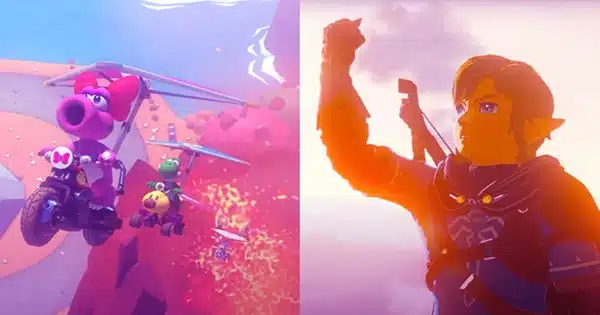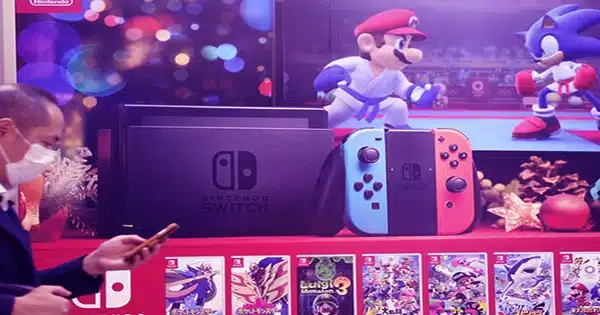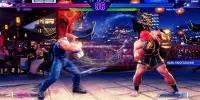Tokyo and Paris After projecting a decline in profits this year, Japanese video game giant Nintendo is counting on the newest chapter of its 40-year-old story “Zelda” to revive its industry.
The company will release “Tears of the Kingdom” on Friday, and online trailers have already amassed millions of views and sparked a frenzy of enthusiasm among fans.
Since its debut in 1986, Princess Zelda and the elf-like warrior Link tale has sold 125 million copies worldwide.
It contributed to the development of “open world” games, which allow the player to freely explore virtual environments. Games like “Grand Theft Auto” and “Skyrim” later adopted this concept.
However, its biggest goal this year will be to increase revenue for the Japanese studio and extend the life of its Switch system, which analysts say is nearing the end of its shelf life after seven years on the market.
According to Serkan Toto, an analyst at Kantan Games, the game “will be by far the biggest contributor to Nintendo’s sales this year.”
Nonetheless, the franchise was a risk in the 1980s for a business that also had the “Super Mario” series in its roster.

Pioneer’
The first episode of “The Legend of Zelda” essentially abandoned players in the middle of an unfamiliar realm.
Shigeru Miyamoto, Mario’s creator, was motivated to include a terrain with forests, lakes, caves, and mountains by his early experiences of the Japanese countryside.
“The scale of the game was huge at a time when most games were finished in an hour or two,” said Kiyoshi Tane, a writer who specializes in the history of video games.
The map was made with a strong emphasis on exploration, making it a forerunner of sorts of what open-world games would develop into.
The original Zelda game was released only a few months after “Super Mario Bros,” yet the two games were on opposite ends of the gaming spectrum.
While Mario jumps from left to right across numerous platforms, Zelda “encouraged the player to explore, discover, and map its world and take on its challenges,” according to Mark Brown, a YouTube game design analyst.
The game was an instant success, and it pushed the bounds of game design for the next two decades.
The 1998 version of “Ocarina of Time” pioneered a technique that allowed gamers to correctly aim in 3D.
Nonetheless, the game eventually stalled around the turn of the decade.
‘High standard’
Nintendo attempted to broaden the game’s appeal but only succeeded in producing editions that satisfied no one.
Hardcore fans left, and sales fell.
“The development team had a sense of crisis,” trade magazine Famitsu’s Katsuhiko Hayashi told AFP.
The designers rethought the game’s fundamentals, finally releasing “Breath of the Wild” in 2017.
It was released alongside the Switch console and has since become the best-selling Zelda edition.
“This game set a high bar for the open-world action-adventure genre, and Zelda is still at the top,” Hayashi explained.
He went on to say that Zelda has become a “bible” for other developers.
Despite this accomplishment and the continued appeal of Nintendo’s other properties — as evidenced by this year’s smash hit “Super Mario Bros. Movie” – the company issued a bleak forecast on Tuesday.
The corporation anticipates a 21% decline in net profit this year compared to last.
According to the forecast, the Zelda release is critical for the corporation.
Midcap Partners analyst Charles-Louis Planade believes it has the potential to become “the best-selling game in history.”
“It’s a game that has the potential to generate $1 billion in revenue, which is very significant for a company with a yearly revenue of just over $10 billion,” he told AFP.














